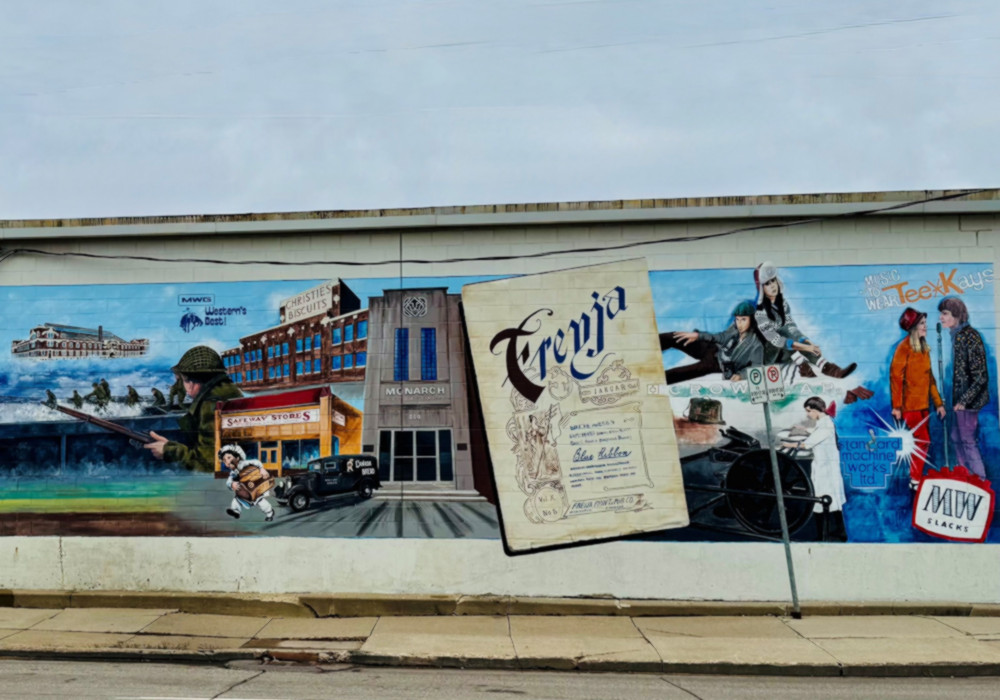The Reford Gardens – 50 years of Shared Beauty
The summer of 2012 marks the 50th anniversary of the opening of Les Jardins de Métis to the public. This exhibition presents a part of this special history with the help of photos from our archives and from the many visitors who have accepted our invitation to share their history with you. We invite you to discover the history of this fishing camp that was transformed into one of North America’s most beautiful gardens.
The history of this estate began 125 years ago, in 1887, when George Stephen, founder and first president of the Canadian Pacific Railway, built Estevan Lodge. The use of Douglas Fir for the pannelling of the house was the first use of this wood in eastern Canada. Estevan was the telegraph code used by George Stephen for his confidential correspondence with the general manager of the CPR, Willam Van Horne. This imposing residence is closely linked to Les Jardins de Métis. Without it, the gardens would not have their special cacht. Gifted to Stephen’s niece, Elsie Reford, in 1918, Estevan Lodge has been painstaking maintained and carefully restored to its former splendrour. Today it is home to a museum and exhibition rooms.
Beginning in 1926, at age 54, Elsie Reford began creating her gardens. Guided by her intuition, her love of nature and her remarkable energyu, she shaped her garden into a place of beauty by adapting traditional horticultural methods to the site’s topography. She succeeded in making a garden where the growing conditions at first glance were less than ideal. Her success in introducing new species – such as the Himalayan blue poppy – today the emblem of Les Jardins de Métis – were carefully recorded and are an imporrtant moment in the advancement of horticulture in Canada.
Built and augmented over more than than thirty years, Les Jardins de Métis were opened to the public as a tourist attraction in 1962. The ambitious project of Elsie Reford has been seen more than than gfive million visitors. Today it is the source of insporration for amateurs gardeners. The gardens were designed a national historic site by te Historic sites and monumments Commission of Canada because they represent an excellent example of the English Garden. The Ministère de la Culture, des Communications et de la Condition féminine have announced their intention to designate the gardens and historic buildings in June 2012.
We look forward to welcoming you in person.


